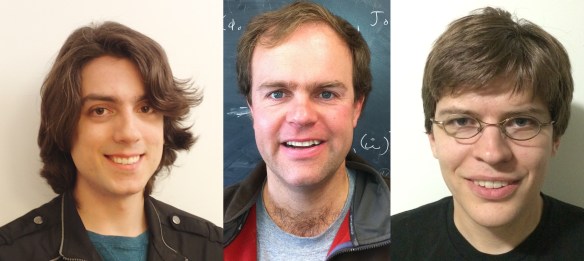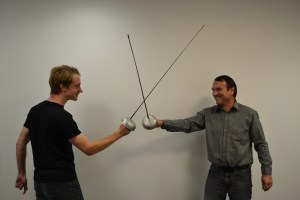
A new view of the world map, with the black areas indicating allowable sites for building future generation gravitational wave detectors. The other coloured areas are excluded for various reasons.
Imagine you could time travel to decades after the first detections of gravitational waves by ground-based interferometers: someone has already had the call from Stockholm, a series of amazing gravitational wave discoveries have been reported and the watching world is going wild about gravitational wave astronomy. Such momentous events would certainly trigger the demand for even more sensitive and powerful gravitational wave detectors to drive forward this exciting new field of observational astronomy. But the immediate question would be: where to put these multi-billion dollar instruments? Future generations of gravitational wave detectors, like the proposed European Einstein Telescope, would be very expensive to build, so choosing the most favourable sites in which to build them will be a crucial issue. Our work, published in Classical and Quantum Gravity, explores the question of Continue reading










You must be logged in to post a comment.